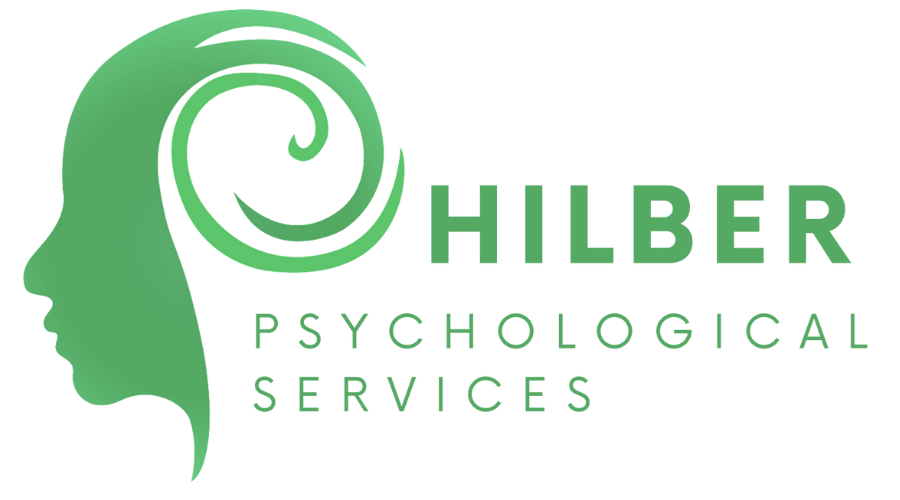Understanding an ADHD Diagnosis
In the article “The Building Blocks of a Good ADHD Diagnosis,” author Thomas Brown notes that ADHD should not be taken lightly and a complete diagnostic workup with multi-step procedures and a medical history review should be ordered and understood by the patient. An evaluation is recommended to be completed by an experienced licensed psychologist in order to provide the full evaluation and avoid a misdiagnosis.
In an ADHD evaluation, the clinician has several options to determine if your child has ADHD and would likely include the following steps or refer to another clinician who can provide a full psychological assessment that includes these steps.
Clinical interview: Find the root causes of ADHD by talking directly to the patient: “Why do you think you (or your child) may have ADHD?” “When? How do you notice it? When is this difficulty most evident? Has this pattern existed most of your child’s life, or is it something that started happening recently?”
Brown states that ”the clinician’s job is to identify patterns that may point to ADHD, or recognize that symptoms actually stem from something else.” Brown notions that a clinical review should cover:
Challenges, symptoms
Strengths, skills
Family life, day-to-day stressors
For children: school performance — grades, tests (including standardized test scores and how long they take to complete tests), whether or not they can complete homework on their own or need a parent’s help, etc.
For adults: work performance — deadlines, productivity, etc.
General health — including sleep and eating habits
Family medical history, including other possible instances of ADHD
Drug use (both prescribed and illicit)
Previous evaluations (if any) and their results
Related and comorbid conditions — mood disorders, anxiety, and learning disabilities are common in people with ADHD
DSM-V Symptom Review: Determine if a patient has the ADHD symptoms (at least 6 of the 9) listed in the Diagnostic and Statistical Manual of Mental Disorders-Fifth Edition (DSM-V).
Normed rating scales: These rating scales (Connors Scales, BASC, the Brown ADD Scales, or the Barkley scales) are used to see where a patient is at relative to others their age given their rated symptoms in various situations. Brown declares that “it is also often helpful for adults to have someone who knows them well complete a scale from their perspective.”
Standardized psychological assessments: There are many psychological tests that could help evaluate one’s reading, writing, and math skills that could help determine where one’s strengths and weaknesses lie and what could help. Sometimes ADHD is misdiagnosed if these assessments are not completed as there are other factors that affect focus and concentration, such as anxiety, depression, or learning disabilities. Brown states that “the vast majority of children with ADHD have at least one specific learning problem [which could] overlap genetically and in terms of functions like working memory. These tests include Woodcock-Johnson Test of Cognitive Abilities, Wechsler Individual Achievement Test (WIAT), Wechsler Intelligence Scale for Children (WISC-V).
Physical exam: Because ADHD-like symptoms are sometimes caused by internal medical problems such as thyroid conditions, physical exams ensure that a medical problem has not been overlooked and may be requested by the clinician.
In Brown’s opinion the following evaluation tools may be used in some cases to add to an ADHD assessment, however these are not known to be accurate tools for such an evaluation.
Brain imaging: “ADHD is not a problem of brain structure, rather, it’s about communication within the networks of the brain” (Brown). However brain imaging may be helpful in providing Neurofeedback Treatment, which is a known treatment for ADHD symptoms.
Online “reaction” tests: These tests dictate whether a subject has ADHD based on their ability to hit or retain from hitting a certain key every time a particular target comes into view.
Genetic testing: The testing of a few genes to see if they make up the genes in ADHD.
ADHD Diagnosis Red Flags:
Too quick to grab the prescription pad: When a clinician or doctor does not take their time to do a full evaluation but instead quickly prescribes a medication for ADHD.
Failure to include information from the school: When a clinician does not review a patient’s sense of how they function to the fullest by completing rating scales or interviewing closely related persons, teachers, or parents as part of the clinical interview.
Failure to use rating scales and psychological assessments: If a clinician does not decide to use rating scales and psychological assessments, then they will likely base their diagnosis of the patient’s symptoms on their personal opinion which can lead to a misdiagnosis.
Too fundamentalist about symptoms: If your clinician is too strict on the 6 symptom rule and neglects you from having the possibility of getting a prescribed medication to adhere to your ADHD because you only have 5 of the symptoms, then that is a red flag.
Saying, “Don’t worry, it’ll pass!” When your clinician dismisses you or your child’s concerns about ADHD symptoms that are disrupting your life and mental health.
After the full assessment is completed a complete understanding of why the ADHD symptoms are present and what the next steps would be in managing the symptoms. A good report of the evaluation will provide specific recommendations for treatment along with an accurate diagnosis.
For more information on how Hilber Psychological Services can help you with understanding your or your children’s ADHD symptoms and the next steps for ADHD treatment, as well as connect you with experienced psychologists who can provide an evaluation, please contact us.
References
Brown, Thomas. “The Building Blocks of a Good ADHD Diagnosis.” Additude. 11, Oct. 2019. https://www.additudemag.com/how-to-get-diagnosed-for-adhd-ensuring-a-good-evaluation/

